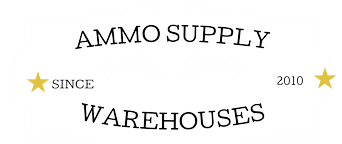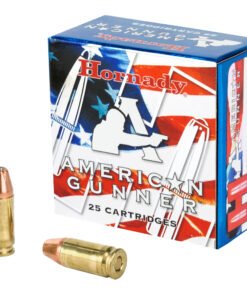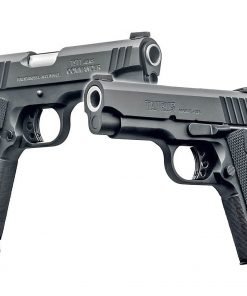Ammo For Sale
Ammunition (abbreviated as “ammo”) is the substance that is fired, spread, dropped, or detonated by a weapon or weapon system. Ammunition refers to both expendable weapons (such as bombs, rockets, grenades, and land mines) and the component pieces of other weapons that cause a target to react (e.g., bullets and warheads). Ammo for sale, Ammunition is required for nearly all mechanical weapons to function.
The phrase ammo dates from the mid-seventeenth century.
The name derives from the French word la munition, which means “war stuff.” Although the terms ammunition and munitions are commonly interchanged, munition today refers to the actual weapons system as well as the ammunition required to operate it. Buy Ammo, Ammunition is still referred to as munition in some languages other than English, such as French (“munitions”), German (“Munition”), Italian (“munizione”), and Portuguese (“muniço”).
Ammunition’s function is to project a force against a specific target in order to create an effect (usually, but not always, lethal). The firearm cartridge is the most famous form of ammunition, as it contains all of the components needed to deliver the weapon effect in a single container. Black powder was the most common explosive used until the twentieth century, although newer chemicals have practically completely supplanted it.
Ammunition is available in a wide variety of sizes and types, and it is frequently tailored to work solely in specific weapons systems. However, certain ammunition types (e.g., 5.5645mm NATO) have worldwide standards that allow them to be used in a variety of weapons and by a variety of users.
Specific types of ammunition, such as armor-piercing shells and tracer ammunition, are designed to have a specialized effect on a target and are only usable in certain conditions. Ammunition is frequently labeled or colored in a certain way to aid identification and avoid the use of incorrect ammunition types accidently or inappropriately.
Ammunition design has evolved over time as new weapons have been produced and new effects have been required. Historically, ammunition was of relatively simple design and construction (e.g., sling-shot, stones flung by catapults), but as weapon designs improved (e.g., rifling), the demand for more specialized ammunition grew. Modern ammunition comes in a wide range of quality, but it is normally produced to very high standards.
Ammunition for hunting, for example, can be engineered to expand inside the target, increasing the amount of damage delivered by a single round. Anti-personnel shells are made to splinter into many fragments and have a wide range of effects.
Armor-piercing rounds have been particularly toughened to pierce armor, whilst smoke ammunition creates a fog that obscures individuals. More generic ammunition (e.g., 5.5645mm NATO) can often be tweaked to produce a more specialized effect (e.g., tracer, incendiary), whereas bigger explosive rounds can be adjusted by switching fuzes.
A round is a cartridge that contains a projectile, propellant, primer, and case in one package.
A shell is a type of ammunition fired by a cannon or artillery piece with a large caliber. These shells were usually composed of solid materials and relied on kinetic energy to work before the mid-nineteenth century. Since then, they’ve been more frequently loaded with high-explosives (see artillery).
A single release of a weapons system is referred to as a shot. This can apply to ammunition types that unleash a large number of projectiles at once (e.g., from a semi-automatic firearm), but it can also refer to ammunition types that fire only one round or piece of ammunition (e.g., from a semi-automatic firearm) (e.g., cluster munitions or shotgun shells).
A dud is loaded ammunition that does not perform as expected, most commonly failing to detonate on impact. It can also apply to ammunition that fails to fire inside the weapon, referred to as a misfire, or ammunition that only partially functions, referred to as a hang fire. Dud munitions, also known as unexploded ordnance (UXO), is considered extremely deadly.
It is not uncommon for dud ammunition to be buried in the ground for many years in old battle zones. Large quantities of World War I munitions are still periodically discovered in fields across France and Belgium, claiming life on occasion[citation needed].
Despite being categorized as unexploded ordnance, landmines left behind after a fight are not called duds because they have not ceased to operate and may still be fully functional.
A bomb, or more specifically a guided or unguided bomb (also known as an aviation bomb or aerial bomb), is an unpowered explosive weapon that is dropped from the air. Bomb-type ammunition includes mines and the warheads used in guided missiles and rockets.
Sale!
Ammo For Sale
$350.00
Sale!
Ammo For Sale
$350.00
Ammo For Sale
$20.00











